Ironing
Introduction:
Ironing is a crucial process in the cleaning service industry, involving the removal of wrinkles and creases from fabrics using a heated iron. It is essential for maintaining a polished and professional appearance in garments and linens.
Definition:
Ironing is the process of smoothing out wrinkles and creases in fabrics by applying heat and pressure with an iron. It helps restore garments and linens to their original smooth and crisp condition, enhancing their appearance and usability.
Key Features or Components:
- Heat-adjustable iron
- Ironing board or flat surface
- Water sprayer for steam ironing
- Fabric-appropriate ironing temperature settings
Importance in Cleaning Service:
Ironing plays a vital role in the cleaning service industry by ensuring garments and linens are presentable and wrinkle-free. It enhances the overall quality of cleaned items and contributes to customer satisfaction.
Inspection Criteria:
During the ironing process, technicians inspect fabrics for wrinkles, creases, and stubborn folds. They assess the fabric type and adjust ironing settings accordingly to achieve optimal results without damaging the material.
Common Issues and Failures:
Common problems in ironing include scorched fabrics, uneven heat distribution, and incomplete wrinkle removal. Failures may result from using incorrect ironing techniques or inappropriate heat settings.
Maintenance and Repairs:
Regular maintenance of irons involves cleaning the soleplate, descaling, and checking for any signs of wear or damage. Repairs may be necessary for malfunctioning heating elements or damaged cords to ensure safe and effective ironing.
Regulations and Standards:
While there are no specific regulations governing ironing, adherence to manufacturer instructions and safety guidelines is crucial. Compliance with fabric care labels and quality standards is recommended.
